One of the greatest American artists of the 19th century was fascinated by Photography, a technology that was still in its infancy during his lifetime.
Because of this, Thomas Eakins (1844-1916) incorporated an extreme sense of Realism in his works which makes them resemble actual photographs.
This in combination with the fact that he was once a medical student means that he produced paintings that accurately depict the medical advancements of his era.
In this article, you’ll discover some of the most interesting facts about The Agnew Clinic, one of Eakins’ most famous paintings.
1. It was completed in just 3 months during the late 1880s
Thomas Eakins was a Realism artist who was born and raised in Philadelphia, Pennsylvania. He initially enrolled at the Pennsylvania Academy of the Fine Arts in the early 1860s.
He chose a different path for a while between 1864 and 1865 when he enrolled at the Jefferson Medical College in Philadephia.
He felt like he would make a good surgeon, but eventually dropped out and continued his art studies in Europe between 1866 and 1870.
He studied at the École des Beaux-Arts in Paris and received academic training, something that shaped the direction of his style permanently.
He continued to paint in a realistic style throughout his career and completed The Agnew Clinic in just 3 months in 1889.
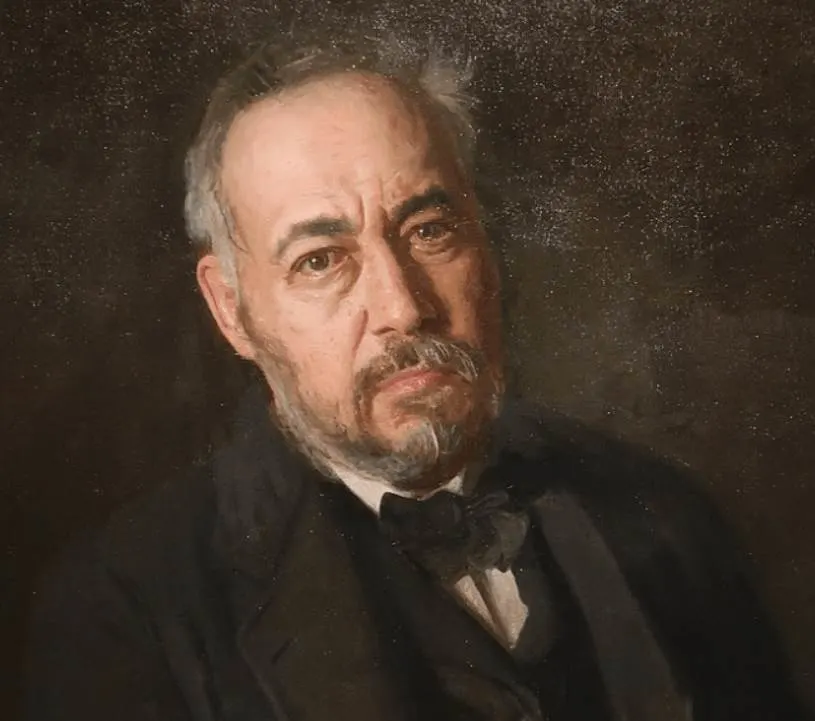
2. It depicts a surgery in a medical amphitheater at the University of Pennsylvania

The Agnew Clinic depicts an actual operation that took place at a medical amphitheater at the University of Pennsylvania in Philadelphia.
The main reason why he was able to accurately depict this type of event is that he witnessed it firsthand during his stint at the medical college of the university in the 1860s.
That’s why this painting is one of the best examples of Scientific Realism, a type of art that aims to depict scientific advancements as realistically as possible.
The painting was inspired by Rembrandt’s masterpiece titled “The Anatomy Lesson of Dr. Nicolaes Tulp” (1632) which was completed over 250 years earlier.
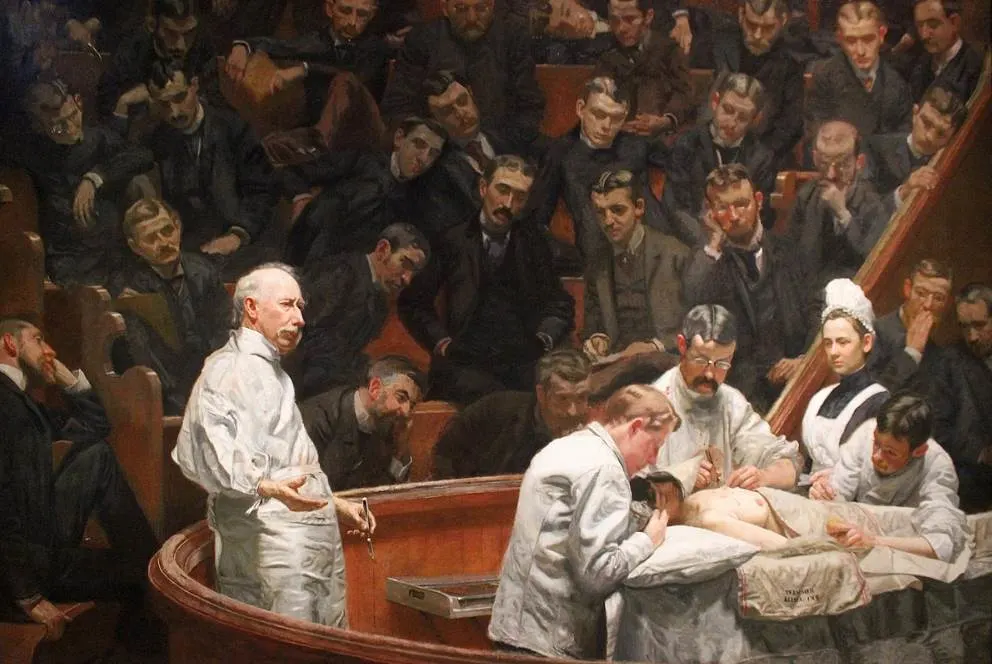
3. It was commissioned in honor of a surgeon to commemorate his retirement
The painting was commissioned by a group of medical students to commemorate their mentor, David Hayes Agnew (1818-1892).
They paid $750 for the painting to celebrate the surgeon’s retirement. That was a hefty sum at the time and the equivalent of over $23,000 today.
He write a three-volume work titled “The Principles and Practice of Surgery” between 1878 and 1883 in which he documents the advancements of 50 years in the field of surgery.
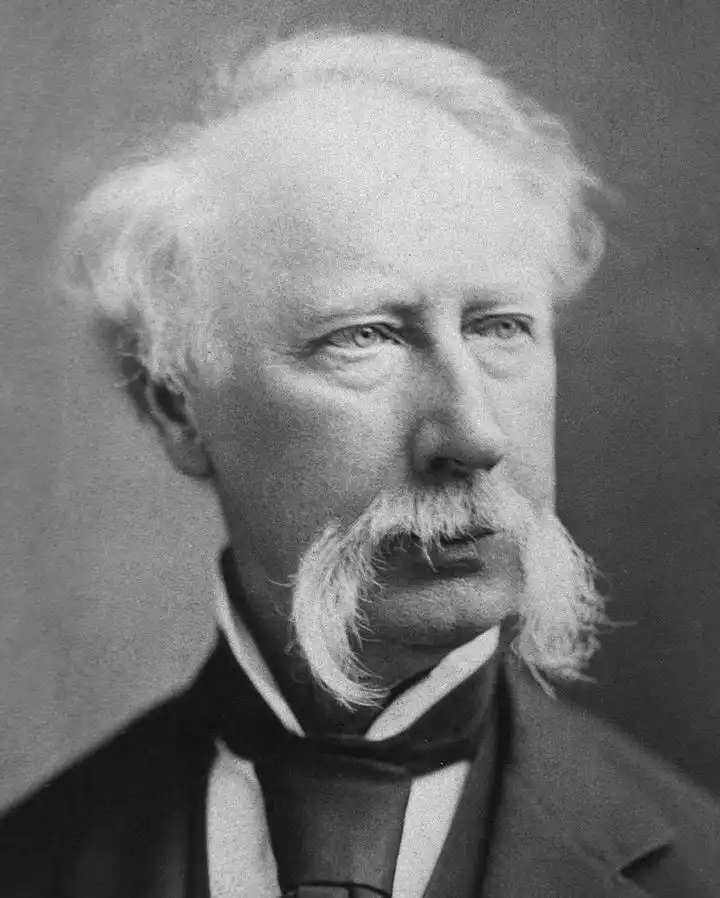
4. Eakins changed one important detail in this partial mastectomy
Because of the realistic depiction of the proceeding, we can determine that the type of surgery being conducted on the female patient is a partial mastectomy.
This means that part of the woman’s left breast is being removed. The surgery isn’t conducted by Agnew but by several of his assistants.
Everything is quite accurate and it shows exactly how this surgery would have been conducted during the late 1880s.
Eakins did change the fact that the right breast is exposed. In reality, medical diaries from this period in history explain that the healthy breast should be covered.
It’s likely that Eakins left the woman’s right breast exposed to increase the shock value of the painting or to ensure that the type of surgery is clear to the viewer.
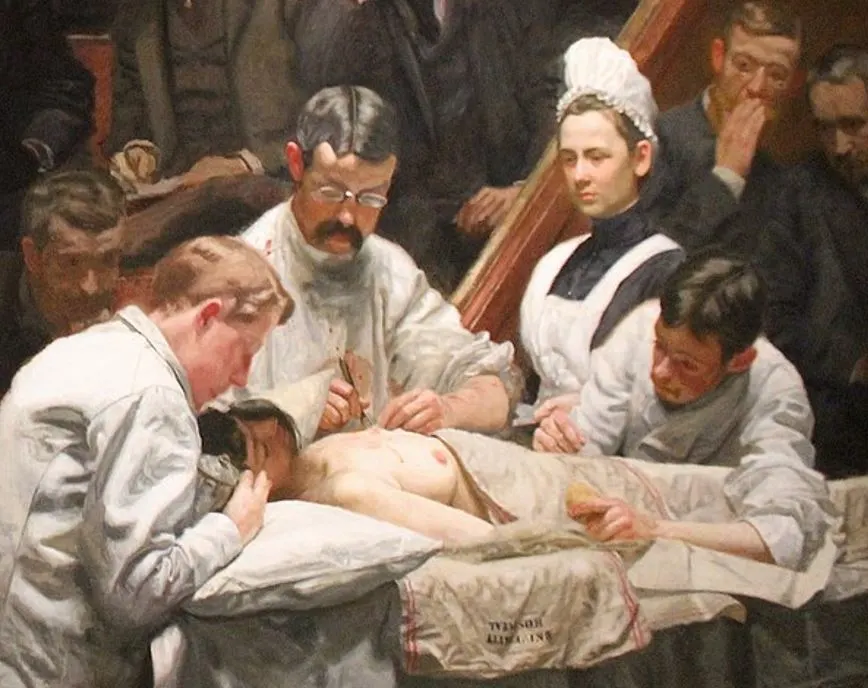
5. Everybody in the painting has been identified except for one person
The accurate depiction of the surgery is extended to the audience. The people watching the surgery are medical students of three undergraduate classes at the University of Pennsylvania in 1889.
Yes, these are the people who commissioned the painting and in return, they have been eternalized as people in the audience of this magnificent work of art.
What’s remarkable is that everybody in this painting has been identified, except for the patient whose identity remains a mystery.

6. His earlier painting shows the medical advancements in the 1870s and 1880s
The Agnew Clinic was the second painting on this subject and was completed 14 years after he painted his other famous painting titled “The Gross Clinic.”
This work depicts Dr. Samuel D. Gross (1805-1884), another renowned American surgeon who was commemorated by Eakins.
There are some key differences in this work due to the medical advancements that took place in the years between which both works were completed.
Some of these are the black coats worn by the people conducting the surgery, the presence of the mother of the patient, and the absence of a nurse.
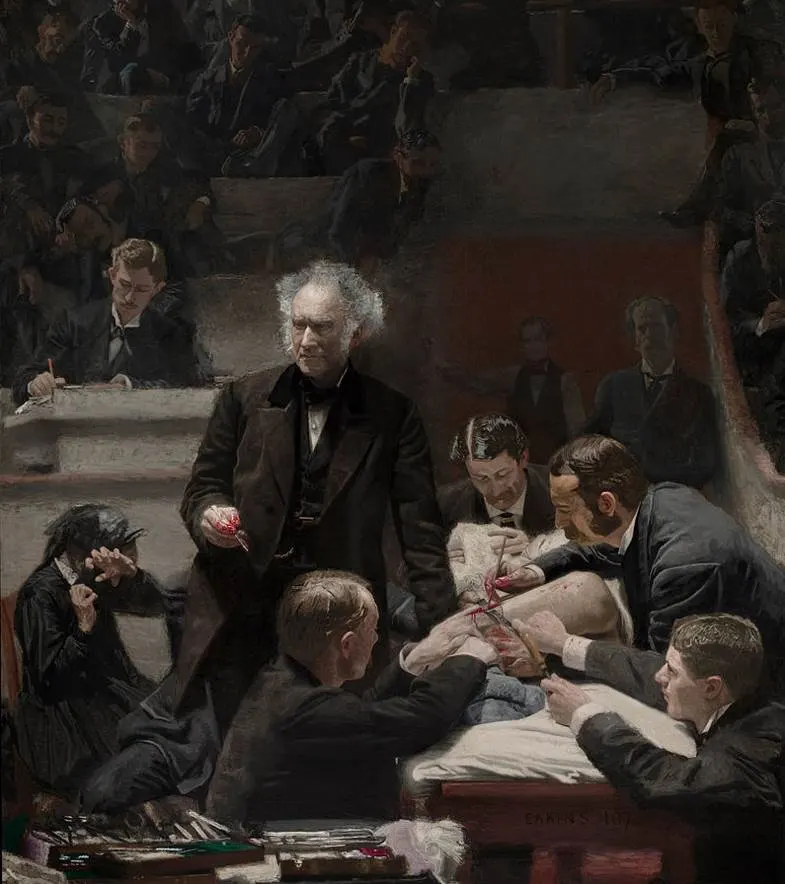
7. How big is The Agnew Clinic by Thomas Eakins?
This work was the biggest painting that the American Realism artist ever completed which makes it all the more remarkable that it took him only 3 months to do so.
The Agnew Clinic by Thomas Eakins is a large oil on canvas painting that has dimensions of 214 × 300 centimeters (84.37 × 118.12 inches).
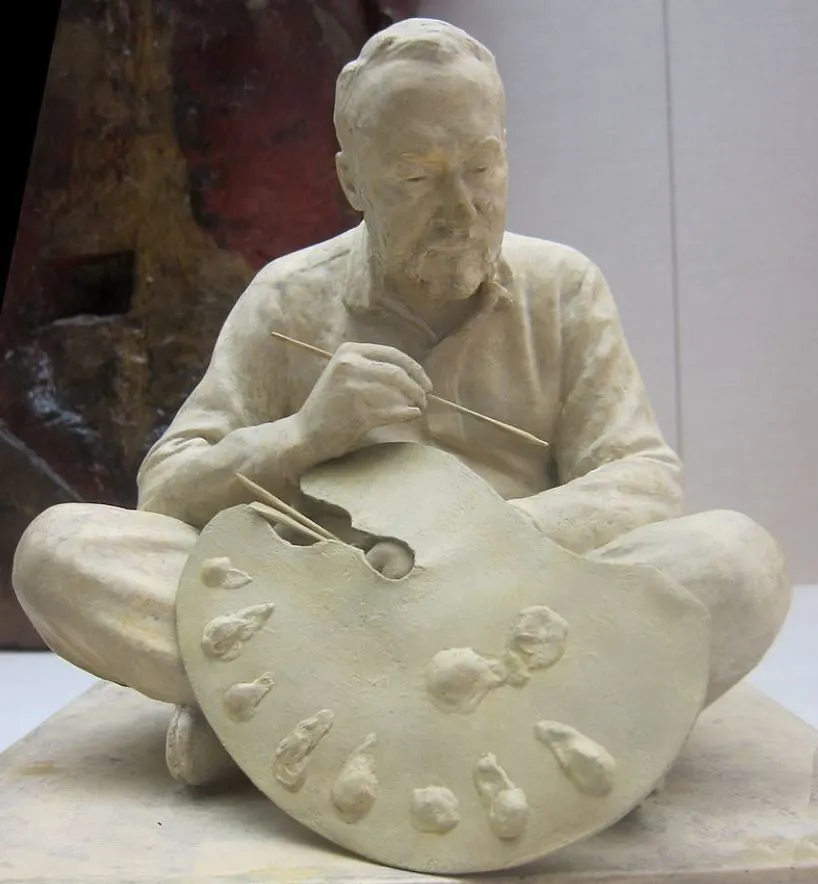
8. Where is Eakins’ masterpiece located today?
The painting wasn’t received with applause when it was first exhibited in the years following its completion. It was even rejected for the exhibition at the Pennsylvania Academy of the Fine Arts in 1891.
The main reason was the fact that Eakins depicted a nude woman being stared at by a room full of men which was a controversial subject at the time.
It was criticized at both the exhibition of the Society of American Artists (1892) in New York City and the 1893 World’s Columbian Exposition in Chicago.
It was returned to Phildelphia shortly after and still hangs at the John Morgan Building of the University of Pennsylvania today.

